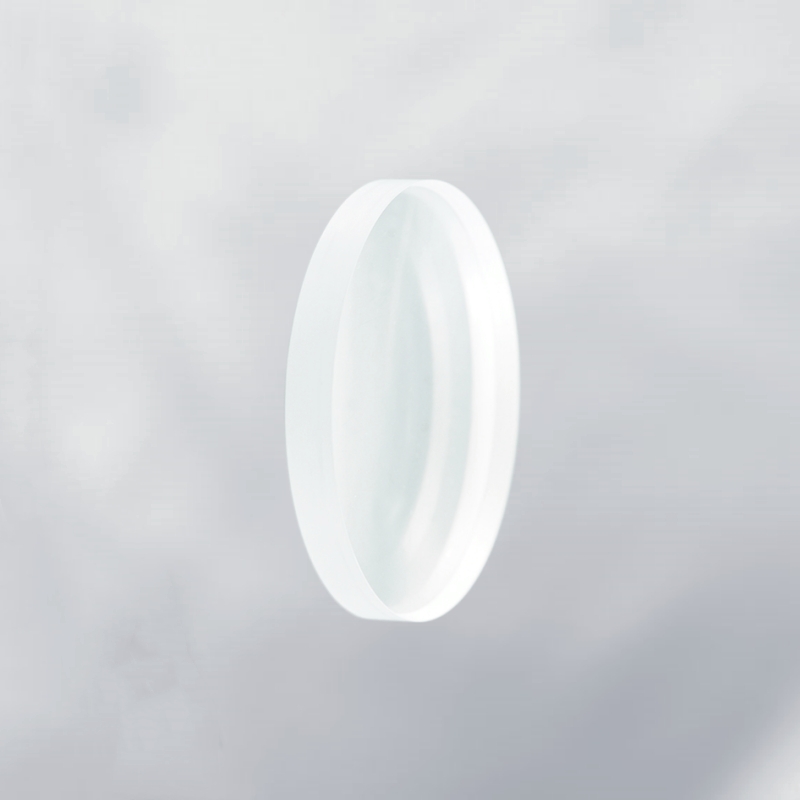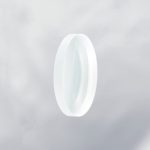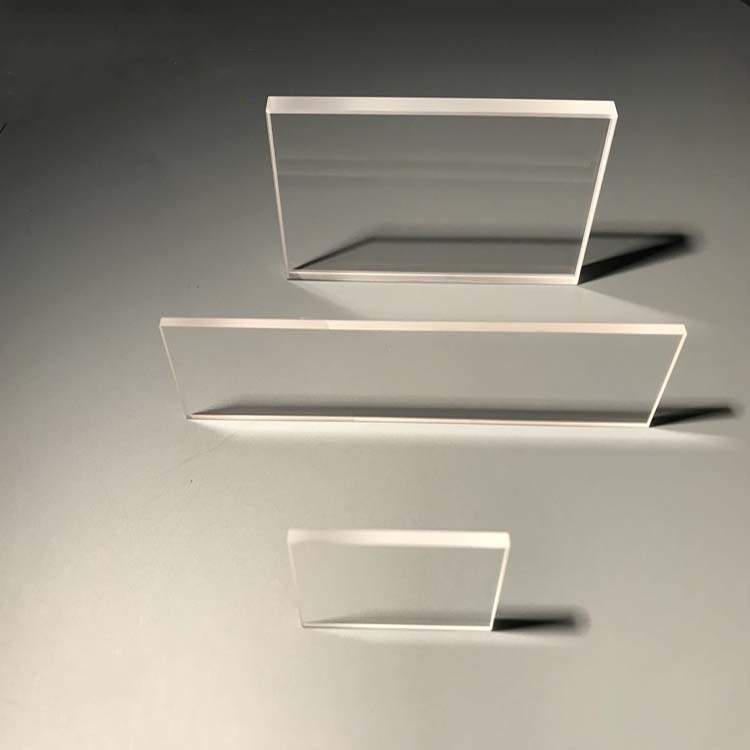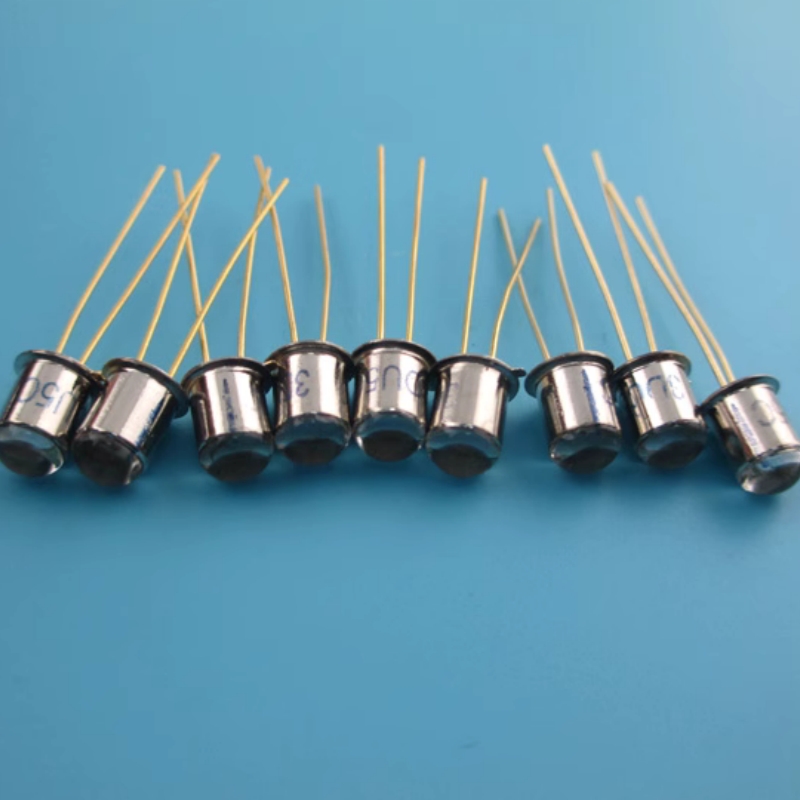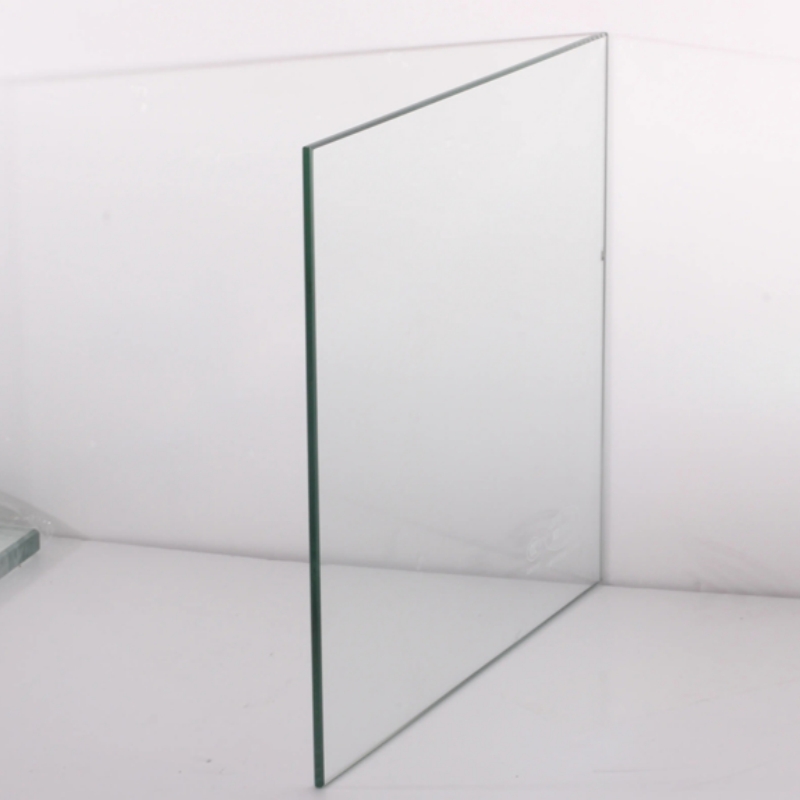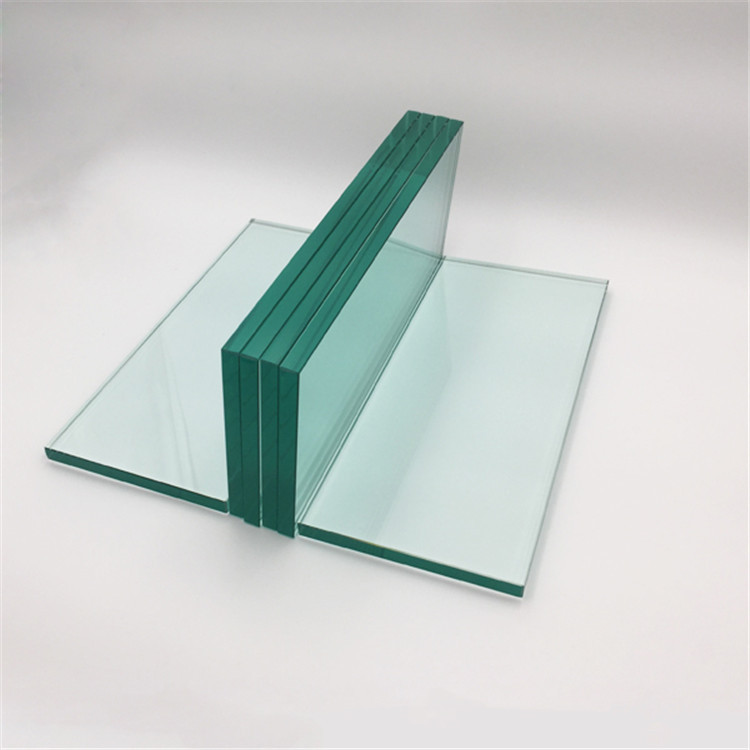Calcium fluoride plano-concave lens is a high-performance optical component designed for superior ultraviolet and infrared transmission, excellent thermal stability, and precise beam divergence control. Manufactured from high-purity CaF₂, it offers outstanding optical clarity, minimal distortion, and resistance to environmental degradation. This lens is widely used in laser systems, spectroscopy, aerospace applications, and precision scientific instruments, ensuring optimal optical performance for advanced imaging and beam-shaping applications.
Product Overview
The calcium fluoride plano-concave lens is an optical element made from high-purity calcium fluoride, featuring a plano-concave shape (one flat surface and one concave spherical surface). This lens has a negative focal length, making it ideal for beam divergence or for extending the focal length in optical systems. It exhibits excellent optical transmission across a broad spectral range, particularly in the ultraviolet, visible, and infrared bands, and is commonly used in applications such as beam collimation, image expansion, and focal length adjustment. Calcium fluoride is known for its high damage threshold, low fluorescence, and high uniformity, making it ideal for high-precision applications in high-energy detectors and laser systems.
Key Features
- Wide Spectral Transmission: The calcium fluoride lens provides excellent transmission across the 180 nm to 8.0 μm range, making it suitable for ultraviolet, visible, and infrared spectra.
- High Damage Threshold and Low Fluorescence: The material's high damage threshold and low fluorescence make it ideal for high-power laser and thermal imaging systems.
- Negative Focal Length: The lens features a negative focal length, effectively expanding the beam and adjusting focal lengths, commonly used for beam collimation and focal length adjustments in optical systems.
- High Hardness and Impact Resistance: The lens has high hardness and can withstand mechanical and thermal shocks, ensuring stability in extreme environments.
- Precision Manufacturing: The lens is produced with high-precision machining and polishing to meet stringent standards for shape and surface smoothness, making it suitable for high-precision optical systems.
- Coating Options: The lens surface can be coated to improve transmission and reduce reflection, enhancing its optical performance.
Applications
- Laser Systems: Used for beam collimation and expansion in laser systems.
- Optical Systems: Applied in various optical systems to adjust focal lengths, expand beams, or fine-tune optical performance.
- Infrared Optics: Provides excellent transmission and performance in infrared optical systems, such as thermal imaging devices and sensors.
- High-Energy Detectors: As an optical component in high-energy detectors, it offers a high damage threshold and stability under extreme conditions.
- Scientific and Engineering Applications: Widely used in optical instruments, aerospace optical systems, and laser experiments, where high precision is required.
| Optical Property | Value |
| Transmission Range | 0.13-10 μm |
| Transmittance | >94%@193nm-7.87μm |
| Refractive Index | 1.4288@2.5μm, 1.39908@5μm |
| Reflection Loss | 5.4%@5μm (both surfaces) |
| Absorption Coefficient | 7.8×10⁻⁴@2.7μm |
| Structure | Cubic Crystal System |
| Cleavage Planes | <111 |
| Physical Property | Value |
| Density | 3.18 g/cm³ |
| Melting Point | 1420 ℃ |
| Thermal Conductivity | 9.71 W/(m·K) @ 293K |
| Thermal Expansion | 18.5×10⁻⁶/K @ 273K |
| Knoop Hardness | 158.3 kg/mm² |
| Specific Heat Capacity | 854 J/(kg·K) |
| Dielectric Constant | 6.76 @ 1 MHz |
| Young's Modulus | 75.8 GPa |
| Shear Modulus | 33.77 GPa |
| Bulk Modulus | 82.71 GPa |
| Poisson's Coefficient | 0.26 |
| Chemical Property | Value |
| Solubility | 0.016 g/L @ 20℃ |
| Molecular Weight | 78.0748 g/mol |
| Property | Value |
| Diameter Range | 2-300mm |
| Focal Length | 15-5000mm |
| Thickness | 0.12-60mm |
| Surface Quality | 80-50, 60-40, 40-20, 20-10, 10-5 |
| Surface Flatness | λ/2, λ/4, λ/8, λ/10 |
| Clear Aperture | >90% |
| Coating | Customizable |
Submit Your RequirementsWe will contact you within 24 hours.
 WOBO Scientific Research New Materials One-Stop Service Platform
WOBO Scientific Research New Materials One-Stop Service Platform


